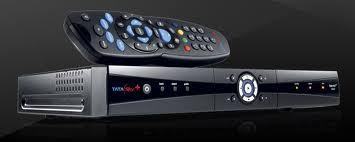Set Top Box
A set top box is an electronic device that is used to convert an externally received signal or transmission into a viewable format that can be displayed on a television/display device. Set top boxes have been used in some form since the 1950s. Its capabilities have significantly advanced over the past several decades.
How Do Set Top Boxes Work?
Set top boxes process digital information and are no longer simple signal converters. Currently, they can function as video game consoles, Digital Media Receivers, and media extenders. The most common set top box receives encoded and compressed television signals and decompresses and decodes them so that the device connected to the box can display them. Many of the new set top boxes are capable of displaying either analog or HD signals as well as incorporate a means for two-way communication between the user and their television service provider.
What Are the Types of Set Top Boxes?
There are several types of set top boxes:
Broadcast Set Top Box – Does not incorporate two-way communication and has limited memory and processing power.
Enhanced Set Top Box or Smart TV – Capable of two-way communication, video “On Demand,” Internet browsing, email, eCommerce, and chat. Older boxes still require a phone line for two-way communication to be fully enabled.
Advanced Set Top Box – Considered to be fully integrated and has some of the capabilities found in a desktop computer. It provides Interactive TV and DVR capability, and allows users to play games and have their own hard drives.
Hybrid Digital Cable Box – Special cable TV box that has DVD/Blue Ray play back capability, HD stereo output, two-way communication, and has been slowly merged with high-end multimedia centers for the home.
Over-the-Top Set Top Box – These boxes contain video game consoles/DVD players, wireless connectivity, and can display content pulled from the Internet.
What Are Future Trends with Set Top Boxes?
One of the latest set top box trends is applying popular smart phone technology (eg. Google Android and Apple iPhone) to set top boxes. Motorola was one of the first companies to change the lateset set top box operating system to the Andoid OS. This and other set top boxes are moving toward being a primary integrator of all Internet and entertainment devices. This is because they have HDMI, USB, other peripheral device connections, two-way communication, and the ability to fully integrate into the home’s network. Manufacturers have also been looking at 3G and 4G integration options so that the boxes can be used independent of a home network if necessary. A final area of advancement that will continue to develop is minimizing the box’s size.


Comments - 2 Responses to “Set Top Box”
Sorry but comments are closed at this time.